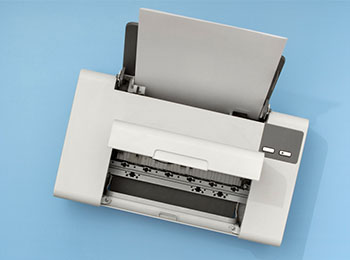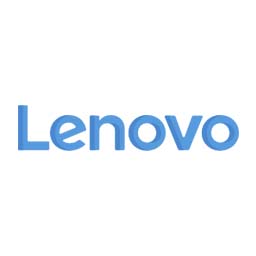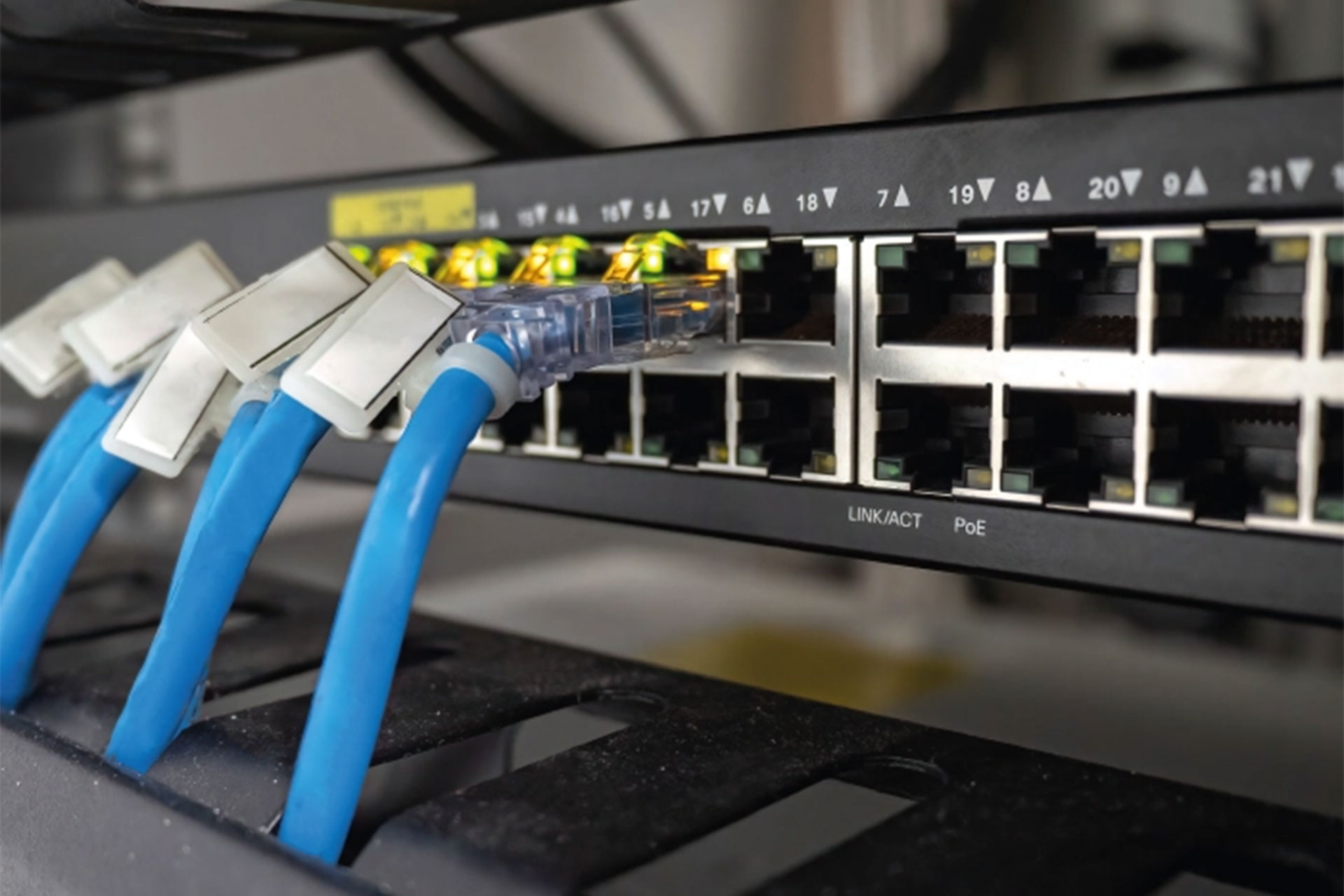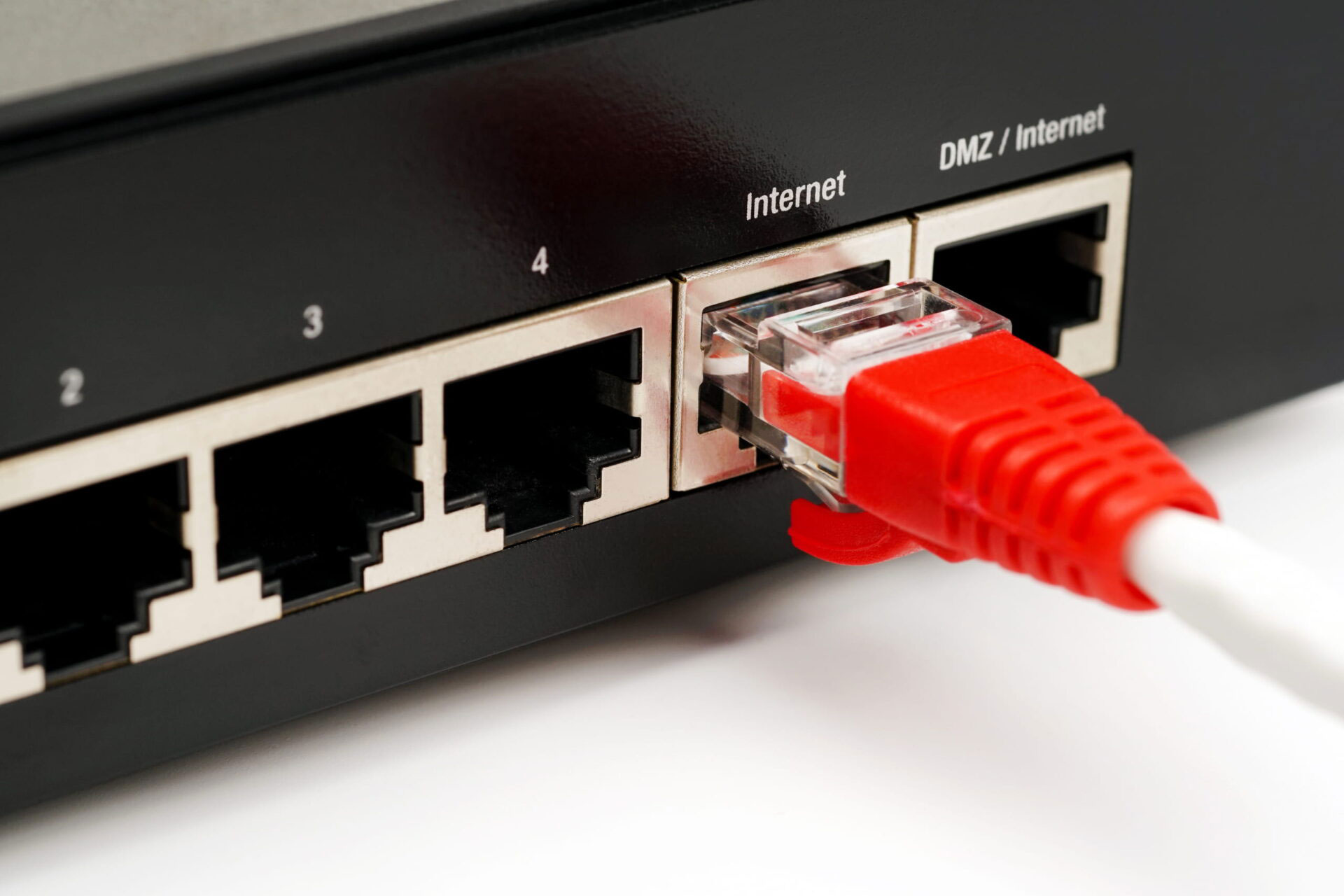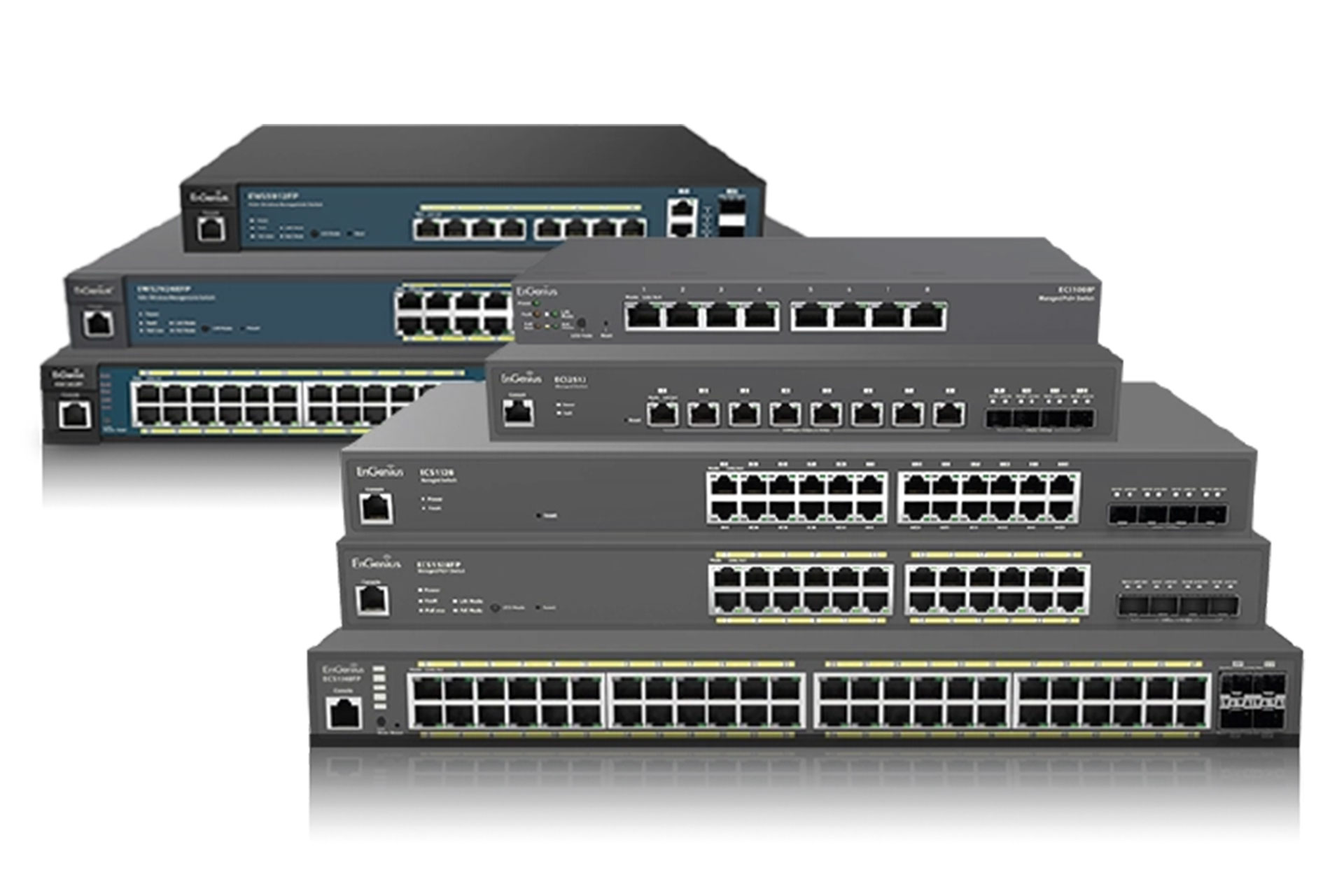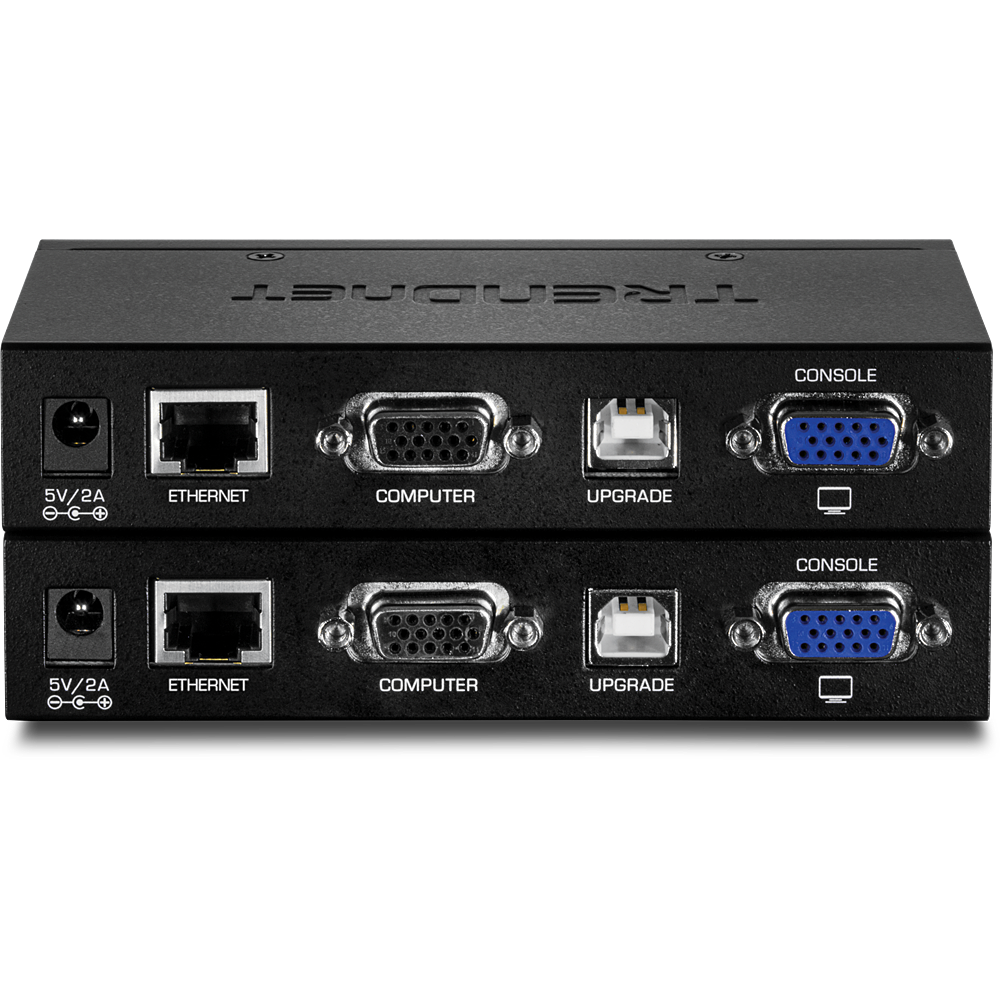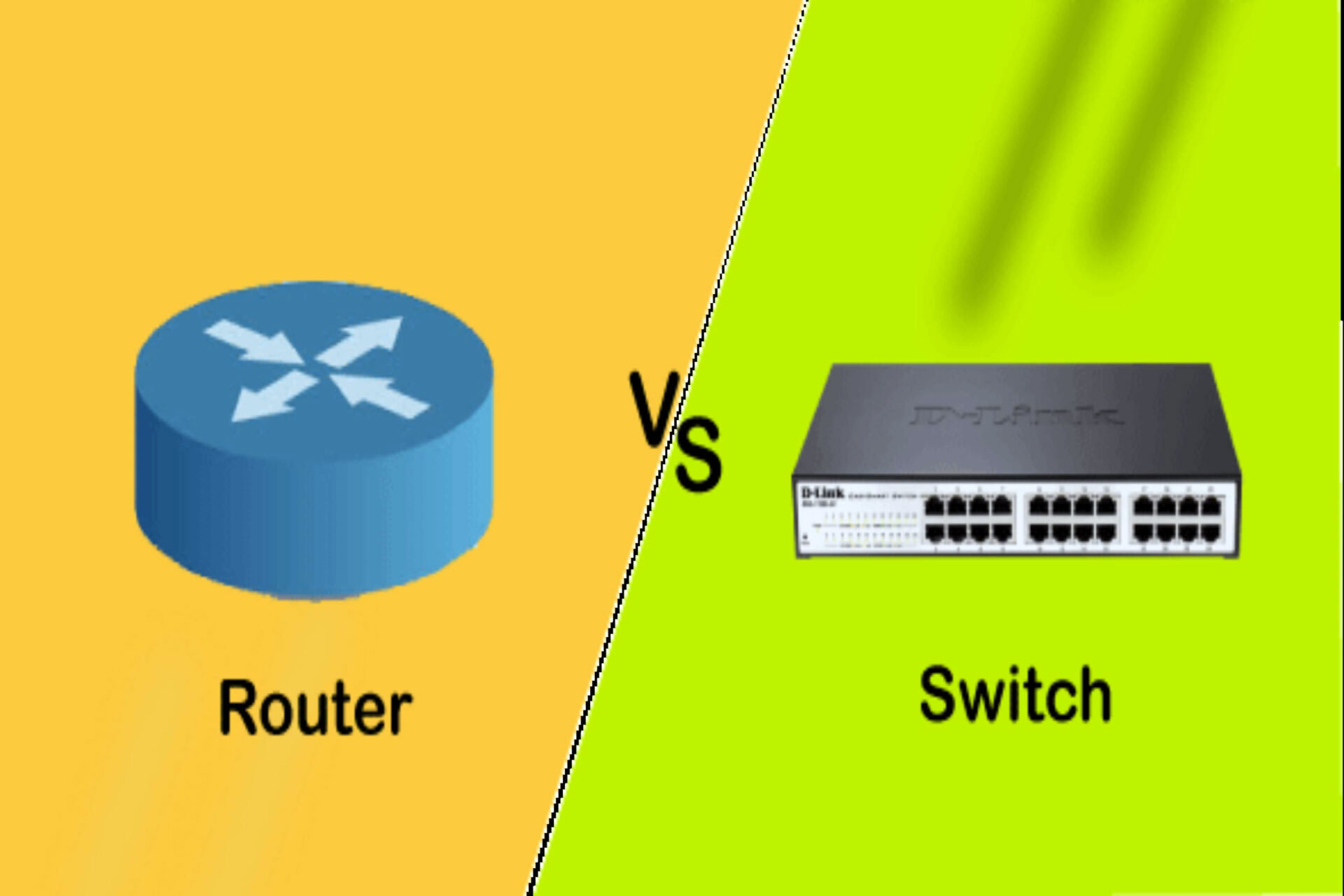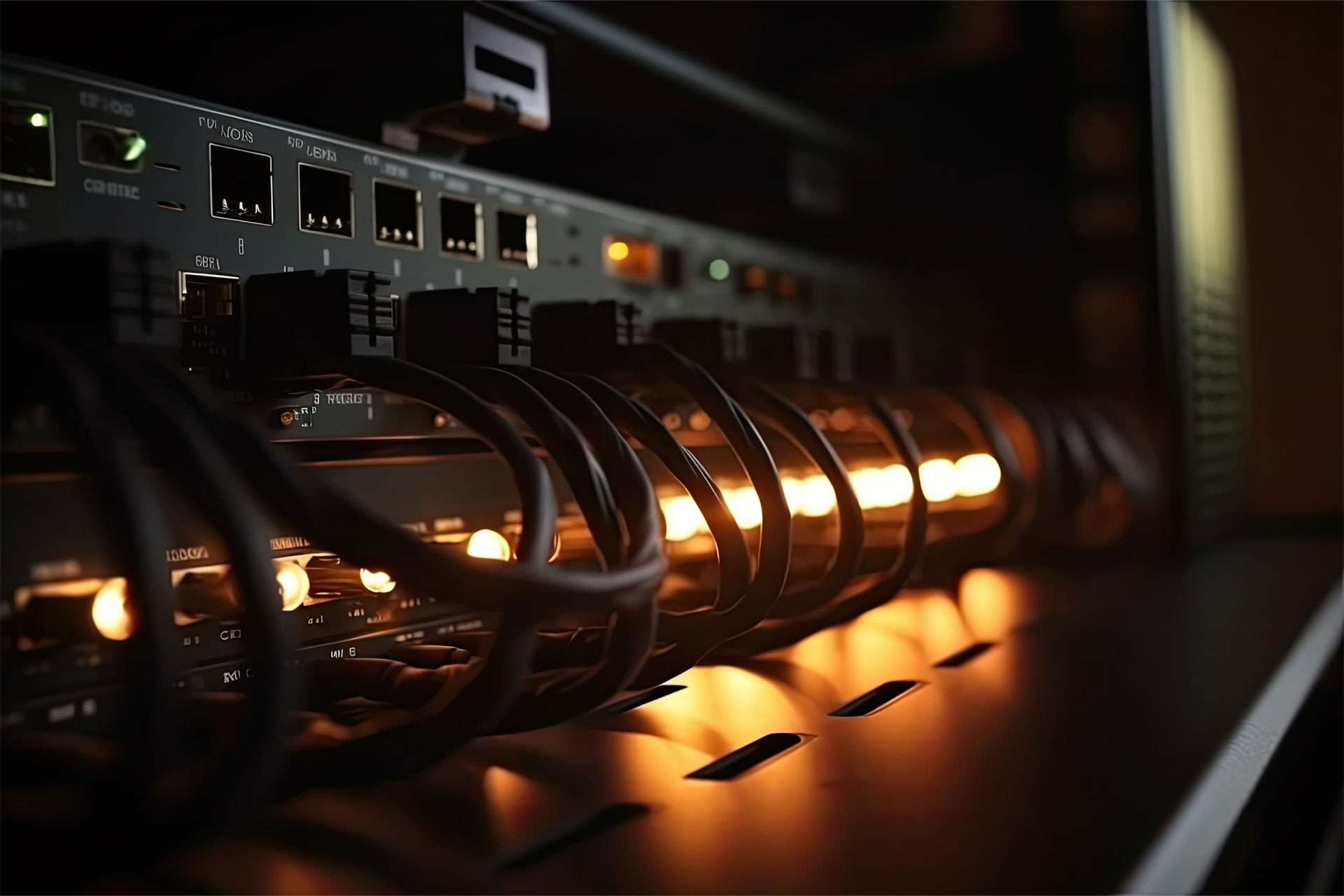Welcome to the ultimate showdown between Industrial Ethernet and Commercial Ethernet! In this comprehensive comparison, we will delve into the world of Ethernet technology and explore the benefits, challenges, and applications of both Industrial and Commercial Ethernet in IT equipment. From analyzing data transmission speeds and network security features to assessing reliability, redundancy, and environmental considerations, we will uncover the differences and similarities between these two Ethernet variants. Additionally, we will evaluate the cost and scalability aspects, as well as the implementation of Quality of Service (QoS) to enhance performance. To top it all off, we will also take a peek into the future trends of Ethernet technology, including the latest innovations in Industrial Ethernet and the evolving landscape of Commercial Ethernet, and how these advancements are anticipated to impact IT equipment networks. So, buckle up and get ready to embark on this thrilling journey of exploration and discovery in the realm of Ethernet technology!
Understanding Industrial Ethernet
Credits: iebmedia.com
Industrial Ethernet is a cutting-edge technology that has revolutionized the way industrial equipment communicates and operates. Unlike traditional commercial Ethernet, which is primarily designed for office environments, industrial Ethernet is specifically tailored to meet the rigorous demands of industrial settings. With its robust design and high reliability, industrial Ethernet provides seamless connectivity for mission-critical applications in manufacturing plants, power utilities, transportation systems, and more.
One of the key benefits of industrial Ethernet is its ability to withstand harsh environmental conditions such as extreme temperatures, moisture, dust, and vibrations. This makes it ideal for use in rugged industrial environments where standard commercial-grade networking equipment would struggle to perform reliably. Additionally, industrial Ethernet offers enhanced security features to protect sensitive data from cyber threats and unauthorized access, ensuring uninterrupted operation of critical infrastructure.
The widespread adoption of Industrial Internet of Things (IIoT) technologies has further propelled the demand for industrial Ethernet solutions. By enabling real-time monitoring and control of connected devices across vast industrial networks, industrial Ethernet plays a pivotal role in driving operational efficiency and productivity gains. As industries continue to embrace digital transformation initiatives, the importance of understanding and leveraging the capabilities of industrial Ethernet cannot be overstated.
Differentiating Commercial Ethernet
When it comes to commercial ethernet, one of its main advantages is its widespread availability and compatibility with standard IT equipment. This means that most businesses can easily implement commercial ethernet into their existing infrastructure without the need for specialized hardware or extensive reconfiguration. It provides a cost-effective solution for connecting devices within an office environment, making it a popular choice for small to medium-sized enterprises.
However, commercial ethernet does have its limitations. One of the primary drawbacks is its susceptibility to electromagnetic interference in busy office environments, which can lead to network disruptions and reduced performance. Additionally, the distance over which commercial ethernet can reliably transmit data is limited compared to industrial ethernet, making it less suitable for larger facilities or outdoor installations.
Despite these limitations, there are numerous use cases where commercial ethernet excels. For example, in typical office settings where reliability and performance are not critical factors, commercial ethernet provides a simple and efficient means of connecting computers, printers, and other standard IT equipment. Its plug-and-play nature makes it easy to set up and manage without requiring specialized expertise.
Comparing Data Transmission Speed
When it comes to data transmission speed, industrial ethernet, and commercial ethernet are in a constant race to outperform each other. The need for faster speeds is driven by the demand for higher performance from IT equipment. Industrial ethernet aims to provide lightning-fast speeds to ensure seamless operation of critical infrastructure, while commercial ethernet focuses on meeting the high-speed data requirements of businesses.
The impact of speed on IT equipment performance cannot be overstated. Faster data transmission allows for quicker access to information, reduced latency, and improved overall efficiency. Industrial ethernet’s ability to deliver superior speed is crucial in industrial settings where real-time control and monitoring are essential. On the other hand, commercial ethernet’s emphasis on fast data transfer plays a vital role in supporting day-to-day business operations.
Factors affecting data transmission speed include cable quality, network topology, and communication protocols. Both industrial and commercial ethernet systems must prioritize these factors to optimize their respective speeds effectively. By understanding these influences and implementing appropriate measures, organizations can ensure that their chosen Ethernet solution meets their specific speed requirements.
Analyzing Network Security Features
When it comes to industrial ethernet, security protocols are a top priority. These networks are designed to withstand the harsh environments of industrial settings, and as such, they incorporate robust security measures to protect against unauthorized access and cyber threats. From encryption methods to strict access controls, industrial ethernet networks are built with security in mind.
On the other hand, commercial ethernet may not have the same level of focus on security. Vulnerabilities in commercial ethernet systems can leave them susceptible to cyber-attacks and data breaches. Without proper safeguards in place, IT equipment networks using commercial ethernet could be at risk.
To ensure network security for both types of ethernet, best practices must be implemented. This includes regular software updates, strong password policies, and ongoing monitoring for any suspicious activity. By analyzing the network security features of industrial and commercial ethernet, businesses can make informed decisions about which type of network is best suited for their specific needs.
Assessing Reliability and Redundancy
When it comes to reliability, industrial ethernet sets the gold standard. It is designed to withstand harsh environmental conditions, electromagnetic interference, and high levels of vibration. This makes it a top choice for applications where uninterrupted connectivity is crucial, such as in manufacturing plants and power utilities.
On the other hand, commercial ethernet may not offer the same level of reliability as its industrial counterpart. While it is suitable for office environments and general data transfer needs, it may not be able to handle the demanding conditions found in industrial settings. However, redundancy measures can be implemented to improve its stability and ensure the continuous operation of IT equipment.
In summary, when assessing reliability and redundancy, industrial ethernet takes the lead with its robust design and ability to maintain network stability under challenging circumstances. Commercial ethernet can still meet general connectivity needs but may require additional redundancy measures to match the resilience of industrial-grade networks.
Understanding Environmental Considerations
When it comes to industrial ethernet, one of the key factors to consider is its adaptability to harsh conditions. Industrial Ethernet is designed to withstand extreme temperatures, high levels of humidity, and exposure to dust and debris. This makes it the ideal choice for manufacturing plants, power generation facilities, and outdoor installations where commercial ethernet may not be able to perform reliably.
On the other hand, the environmental impact on commercial ethernet can be significant in challenging settings. Factors such as temperature fluctuations, moisture levels, and airborne contaminants can affect the performance of commercial ethernet networks. Businesses need to assess their environment carefully before deciding between industrial and commercial Ethernet solutions.
Choosing the right type of ethernet for an IT equipment environment is crucial for ensuring optimal network performance. By understanding the environmental considerations associated with industrial and commercial ethernet, businesses can make informed decisions that align with their specific operational needs.
Evaluating Cost and Scalability
When it comes to cost efficiency, industrial ethernet has proven to be a game-changer. With its robust design and ability to handle harsh environments, the initial investment in industrial ethernet equipment may seem higher than commercial ethernet. However, the long-term cost benefits are undeniable. The durability and reliability of industrial ethernet components reduce maintenance and replacement expenses, making it a cost-effective option for businesses looking for a reliable network solution.
On the other hand, when considering scalability options, commercial ethernet shines with its flexibility and adaptability. Commercial ethernet offers various scalability options that allow businesses to expand their networks without significant infrastructure changes. This enables companies to easily accommodate growth and adapt to changing demands without major overhauls or disruptions. The scalability of commercial ethernet makes it an attractive choice for businesses seeking agility in their network expansion.
In today’s dynamic business environment, budgeting and scaling IT equipment networks are crucial for success. By carefully evaluating the cost efficiency of industrial ethernet and the scalability options of commercial ethernet, businesses can make informed decisions that align with their specific needs and goals.
Implementing Quality of Service (QoS)
When it comes to implementing Quality of Service (QoS) in industrial ethernet, the possibilities are endless. From prioritizing critical control and automation data to ensuring real-time communication between devices, QoS applications in industrial ethernet can truly revolutionize the way systems operate. By effectively managing bandwidth and minimizing latency, industrial ethernet with QoS enables seamless connectivity and reliable performance in demanding industrial environments.
On the other hand, commercial ethernet also benefits from implementing QoS by enhancing performance across various applications. Whether it’s optimizing video conferencing quality or improving VoIP call reliability, QoS plays a crucial role in elevating the overall user experience. With proper implementation of QoS mechanisms such as traffic prioritization and congestion management, commercial ethernet networks can efficiently handle diverse types of traffic without compromising on speed or stability.
Moreover, optimizing QoS for IT equipment traffic is essential for maintaining a consistent level of service delivery. In both industrial and commercial settings, ensuring that critical data packets receive preferential treatment over less time-sensitive traffic is vital for achieving optimal network performance. By leveraging advanced QoS strategies tailored to specific network requirements, organizations can maximize productivity and minimize downtime while harnessing the full potential of their ethernet infrastructure.
Future Trends in Ethernet Technology
The future of ethernet technology is an exciting frontier, especially with the innovations happening in industrial ethernet. With the increasing demand for automation and connectivity in industrial settings, industrial ethernet is evolving rapidly to meet these needs. This means faster data transmission, improved reliability, and enhanced security features that are tailored specifically for industrial applications.
At the same time, commercial ethernet is also transforming as it adapts to the growing demands of modern IT equipment networks. The evolution of commercial ethernet includes advancements such as higher bandwidth capabilities, lower latency, and improved interoperability with different devices and systems. These developments are set to revolutionize how businesses manage their network infrastructure and support the ever-increasing data requirements.
The anticipated impact on IT equipment networks is significant as both industrial and commercial ethernet technologies continue to advance. As these two branches of ethernet converge towards high-performance standards, we can expect a seamless integration of industrial devices with enterprise-level networking solutions. This convergence will not only drive efficiency but also open up new possibilities for IoT (Internet of Things) implementations across various industries.
Networking Arts is a top business IT solution provider and UK IT hardware reseller, specializing in Cisco software license solutions and network switches. As a managed IT provider, we offer a wide range of IT equipment, including wifi modems, routers, wireless access points, and computer accessories. Whether you are looking to upgrade your network infrastructure or need reliable IT hardware, Networking Arts has the expertise and products to meet your business needs. With a focus on quality and customer satisfaction, we are committed to providing the best IT solutions for our clients.
Frequently Asked Questions
1. What is industrial ethernet?
Industrial Ethernet is a networking technology that is specifically designed for use in industrial environments. It provides reliable and high-speed communication between industrial devices and systems.
2. What is commercial ethernet?
Commercial ethernet is a networking technology that is commonly used in office and business environments. It is designed for general-purpose networking and provides connectivity for computers, printers, and other devices.
3. What are the main differences between industrial ethernet and commercial ethernet?
The main differences between industrial ethernet and commercial ethernet lie in their design, performance, and reliability. Industrial ethernet is designed to withstand harsh industrial conditions, such as extreme temperatures and electrical noise, while commercial ethernet is not. Industrial ethernet also offers higher data transfer rates and lower latency compared to commercial ethernet.
4. Can commercial ethernet be used in industrial environments?
While commercial ethernet can technically be used in industrial environments, it may not be suitable due to its limitations. Commercial ethernet is not designed to handle the harsh conditions and demands of industrial settings, which can lead to increased downtime and potential equipment failure.
5. What are the advantages of using industrial ethernet over commercial ethernet?
Using industrial ethernet in industrial environments offers several advantages. It provides greater reliability and robustness, ensuring continuous operation even in harsh conditions. Industrial ethernet also offers higher data transfer rates, lower latency, and better determinism, making it suitable for real-time control and monitoring applications.
This comprehensive comparison explores the differences between industrial and commercial Ethernet, including data transmission speed, network security features, reliability and redundancy, environmental considerations, cost and scalability, quality of service (QoS), and future trends. It also delves into the benefits, challenges, and applications of each type of Ethernet in IT equipment, as well as the impact of speed on performance, security protocols, reliability standards, and adaptability to harsh conditions. Additionally, it discusses the cost efficiency, scalability options, and QoS applications for both industrial and commercial Ethernet, as well as the anticipated impact on IT equipment networks.











